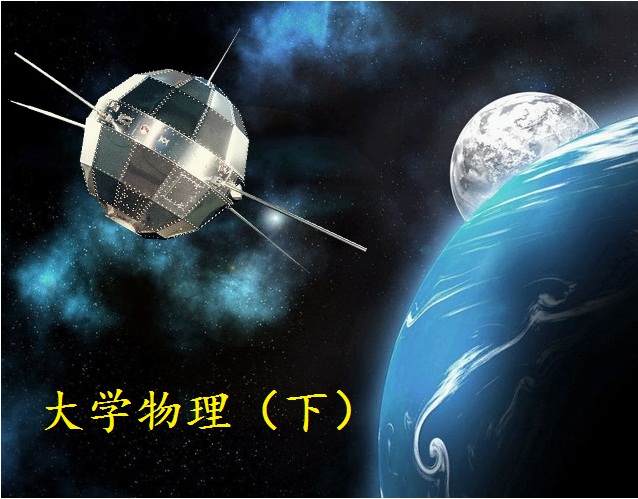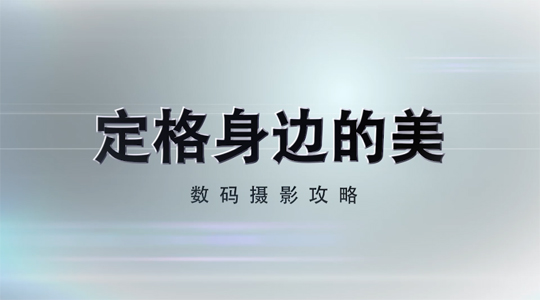
当前课程知识点:商务英语翻译 > 6 被动语态的翻译 > 6.7 补充阅读 > 6.7.1 补充阅读
Can Toshiba escape fate of corporate Japan's zombie hordes?
Once a household name, Toshiba is now bleeding billions of dollars and frantically trying to reassure investors that it will not succumb to the kiss of death.
But it also faces another fate: becoming the most high-profile member of Japan’s corporate living dead, also known as zombie firms.
Toshiba admitted this week that its survival is at risk and that the firm could be delisted from the Tokyo stock exchange, following a major accounting scandal and an ill-timed bet on nuclear power.
The 142-year-old company is poised to record Japan’s biggest industrial loss after its investment in US nuclear unit Westinghouse turned toxic.
So what’s next? Well, a lot hinges on Toshiba’s ability to raise much-needed cash through the sale of its valuable memory chip unit.
Here are three possible scenarios.
1. Walking dead - bailout
Toshiba is already the “walking dead” financially, says Gerhard Fasol, chief executive of Eurotechnology Japan: “Action should have been taken 20 years ago”.
Zombie companies are loosely defined as loss-making or insolvent entities that should be allowed to fail, but continue to operate because of lenient creditors.
Thousands exist in Japan and the issue is considered to be a reason why Japan's economy risks suffering from a third “lost decade”.
All Toshiba needs now is a bailout from the Innovation Network Corporation of Japan (INCJ) or the Enterprise Turnaround Initiative Corporation, two government-backed bodies that rescue ailing companies, for this to happen.
However, many investors are not fans of this option. They argue that zombie firms need to be killed off, so that “creative destruction” can take place.
Amir Anvarzadeh of BGC Partners said if the government gets involved, “then we suspect we will find Toshiba back on the brink again sometime in the future.”
Want more proof of zombies? Not a single publicly-listed Japanese firm went bust last year. In fact, overall bankruptcies have fallen for eight years in a row.
Japan’s Prime Minister, Shinzo Abe, touts those statistics as a sign of economic success, but being saved from going extinct is not necessarily a good thing.
Innovation and new firm creation remains incredibly low in Japan compared with other developed countries, according to OECD research.
2. Body parts - fire sale
Breaking up is hard to do. But Toshiba President Satoshi Tsunakawa has no other choice but to sell off some prized parts if he wants to keep the company afloat and alive.
Toshiba is in the process of auctioning off its semiconductor unit, which makes memory chips for smartphones, computers and other electronic devices.
It is the world's second-largest chip manufacturer behind Samsung, which is no mean feat, given how competitive the industry is.
Over the last two years, there has been an aggressive wave of consolidation. So when Toshiba’s unit was put up for grabs, an array of interested bidders quickly assembled.
The chip unit is estimated to be worth between $9bn (£7.2bn) and $13bn. Taiwan’s Foxconn, which assembles Apple’s iPhones, has reportedly offered as much as $27bn.
Foxconn also bought Japan’s Sharp last year. But things could easily change.
The chip sale is now said to be facing opposition from various stakeholders, including US firm Western Digital, which has a joint venture deal with Toshiba.
The Japanese government is also believed to be reluctant to allow the sale of another company with proprietary technologies to a Chinese or South Korean rival.
BGC Partners’ Mr. Anvarzadeh dismisses the latter. “Arguments that technology transfer ultimately trickle down to China sound dubious,” he says, adding that Taiwan and Korea have more advanced chip technologies anyway.
3. Off the menu - collapse
If the chip sale falls through, more accounting irregularities emerge or the banks decide to call in their loans, then all bets are off.
Toshiba could be allowed to fail. But that would have serious ramifications and will see thousands of shareholders lose their savings. Then there is the issue of national pride.
Toshiba launched the world’s first mass-market laptop in 1985 and became known for its consumer electronics products such as televisions, although it is worth stating those units are no longer at the heart of its business and some are loss-making.
In addition, the decline of Japan Inc., once renowned the world over for its game-changing companies, has been going on for a long time now.
Analysts pretty much all agree that Toshiba is in a difficult, complicated situation. But they differ on the probable course of action.
Eurotechnology’s Mr. Fasol is predicting a “politically brokered solution”, in which a US firm and a Japanese government investment fund acquire the chip company.
But Mr. Anvarzadeh believes Toshiba should be allowed to sell the unit to Foxconn, because it is willing to pay the highest price.
“Pride is very expensive. I don’t think the government can afford to be proud with Toshiba on the brink,” he said. “We think the best case scenario is for the Japanese government to stay out of this bidding process and, for once, allow market forces to run their course.”
(From BBC)
-1.1 章节介绍
-1.2 翻译的意义
--1.2.2 讨论
-1.3 翻译的定义
--1.3.2 讨论
-1.4 翻译的方法
--1.4.2 讨论
-1.5 翻译的原则和标准
--1.5.2 讨论
-1.6 章节小节
-1.7 补充阅读
-2.1 章节介绍
-2.2 商务英语和商务英语翻译的定义
--2.2.2 讨论
-2.3 商务英语的词法特点
--2.3.2 讨论
-2.4 商务英语的句法特点
--2.4.2 讨论
-2.5 商务英语翻译过程
--2.5.2 讨论
-2.6 商务英语翻译的原则和标准
-2.7 章节小节
-2.8 补充阅读
-3.1 章节介绍
--3.1.2 讨论
-3.2 词义选择
--3.2.2 翻译句子
-3.3 词义引申
--3.3.2 翻译句子
-3.4 词义褒贬
-3.5 章节小节
-3.6 补充阅读
-4.1 章节介绍
--4.1.2 讨论
-4.2 转换为动词
--4.2.2 翻译句子
-4.3 转换为名词
--4.3.2 翻译句子
-4.4 转换为形容词副词
-4.5 章节小节
-4.6 补充阅读
-5.1 章节介绍
-5.2 增词法
--5.2.2 翻译句子
-5.3 省略法
-5.4 重复法
--5.4.2 翻译句子
-5.5 章节小节
-5.6 补充视频
-6.1 章节介绍
--6.1.2 讨论
-6.2 译为主动句
--6.2.2 翻译句子
-6.3 译为无主句
-6.4 译为被动句
--6.4.2 翻译句子
-6.5 It做形式主语被动语态的翻译
-6.6 章节小节
-6.7 补充阅读
-7.1 章节介绍
--7.1.2 讨论
-7.2 前置法
-7.3 后置法
--7.3.2 翻译句子
-7.4 融合法
-7.5 状语法
-7.6 章节小节
-7.7 补充阅读
-8.1 章节介绍
-8.2 分句法
-8.3 合句法
-8.4 顺序法
-8.5 逆序法
--8.5.2 翻译句子
-8.6 章节小节
-8.7 补充阅读


